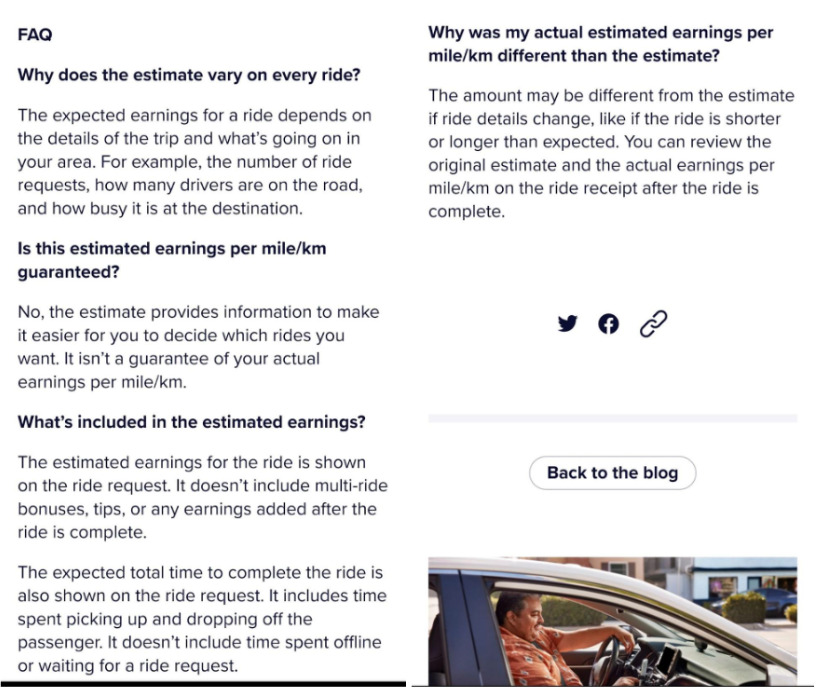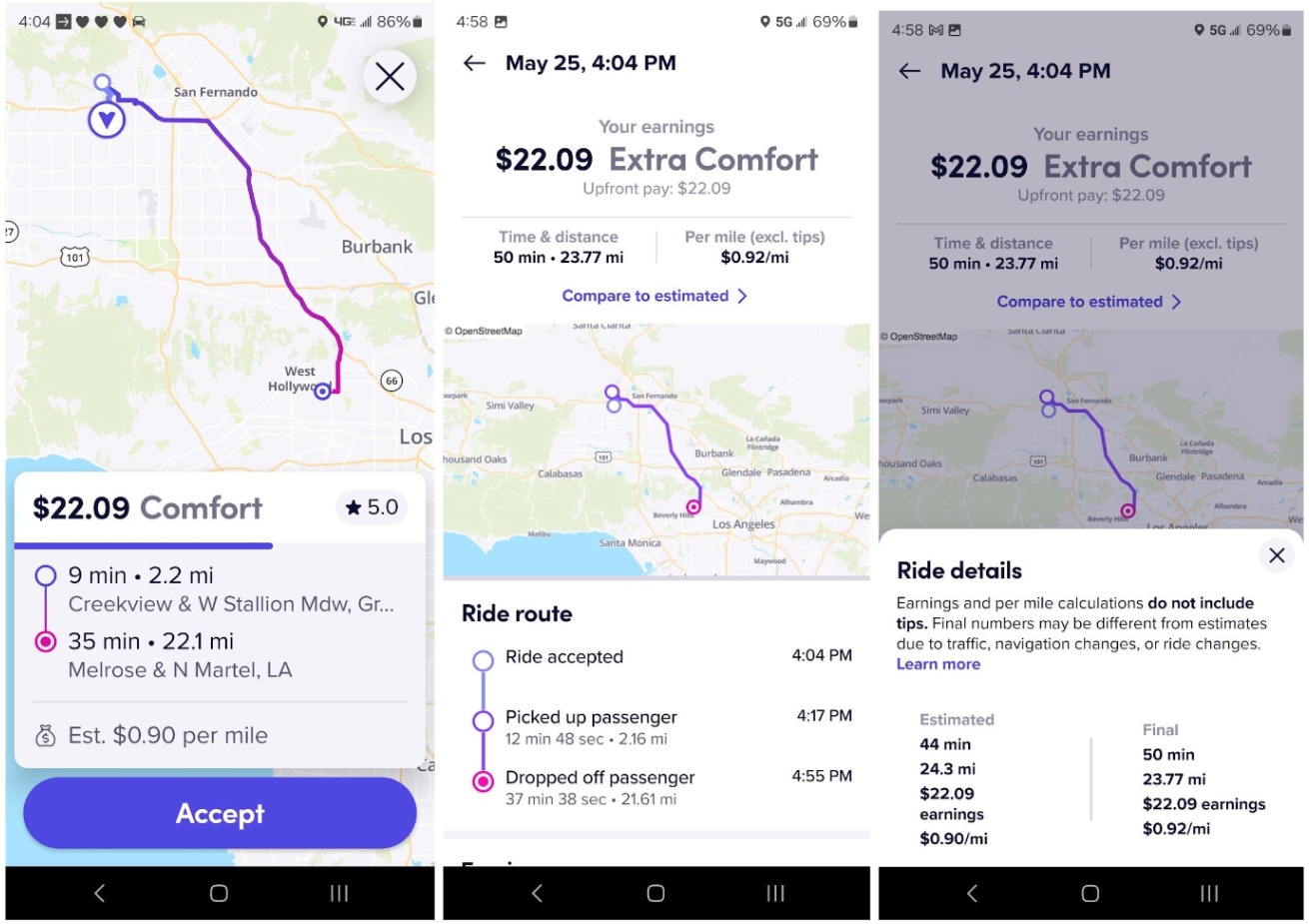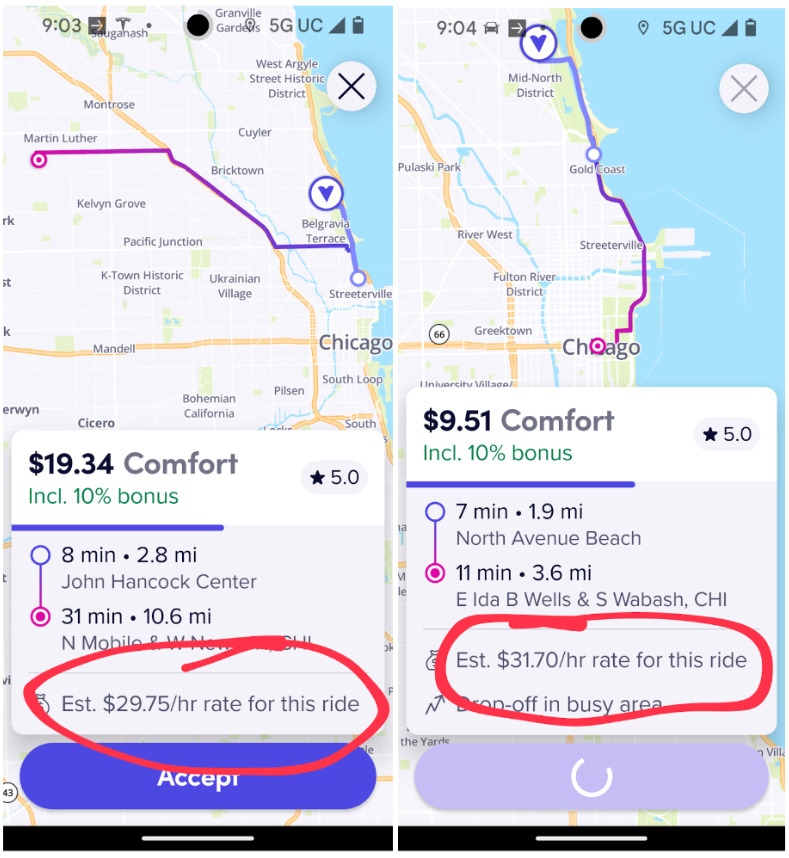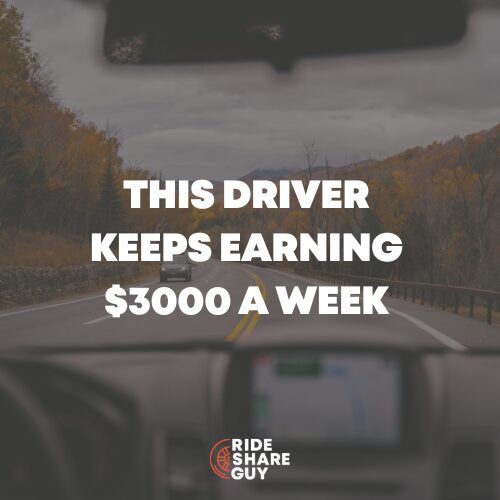As a driver of 8 years on the Uber and Lyft platforms with over 10,000 trips under my belt, one thing is very evident with the TNCs.
They are not the most transparent bunch. They have no problem labeling the drivers as ICs (Independent Contractors), but we didn’t even know where the Rider was going until 18 months ago when Upfront Fares & Destination was released nationwide.
The driver community welcomed Upfront Fares & Destination with open arms, but there have been many issues that came with the product that we have been talking about for the past two years on SMTMC (Show Me The Money Club).
Since David Risher took over as the new CEO at Lyft about a year ago, their team has been busy unveiling new in-app features to aid drivers make easier decisions to Accept or Decline requests.
The latest is a drastic change in the ping screen information presented to drivers. We have 10 seconds with Uber and 15 seconds with Lyft to make a decision on which requests meet our financial metrics. That is definitely made easier now with the latest changes to the Lyft offer screen.
Lyft has been piloting two versions of the ping screen in many cities, as seen in the screenshots below. What do you think? Is this more transparency or more gamification? I believe this is a much-welcome change; I hope it is not just a pilot!


Pricing Transparency
One of the most significant areas where transparency is critical is in pricing. Uber and Lyft use dynamic pricing models that adjust fares based on demand, traffic conditions, and other factors.
While this can be beneficial in managing supply and demand, it has also led to confusion and frustration among Riders and Drivers.
Uber has made strides in providing more upfront pricing, where users are shown the total fare before they confirm the ride. This move towards fixed fares helps reduce uncertainty.
However, issues still arise during peak times or in areas with high demand, where surge pricing can lead to unexpectedly high fares. Lyft has implemented similar measures, offering estimated fares before the ride starts and clearly indicating when surge pricing is in effect.
Despite these improvements, there is still room for better communication. As Drivers, we have no idea how the Upfront Pricing algorithm prices trips.
Video Out On Tuesday: https://youtu.be/HbN4tWUBF8E
Driver Transparency
For drivers, transparency is equally critical, particularly regarding earnings and working conditions. Both Uber and Lyft have faced criticism over opaque pay structures and the high percentage of fares taken by the companies as commissions.
Drivers want clear information on how their pay is calculated, including the impact of factors like distance, time, bonuses, and incentives.
However, many challenges remain. Drivers continue to report inconsistencies and a lack of clarity in earnings calculations.
Additionally, the gig economy nature of ride-hailing work means that drivers often face uncertainty regarding job security and benefits. Both companies need to continue improving communication and providing more robust support systems for their drivers.
Here are the two versions of what Lyft is piloting in many cities nationwide! Which one do you like better? Or should Lyft combine all this information, pennies/dollars per mile and per Active Hour earnings, on the ping screen?


The Road Ahead
While Uber and Lyft have made progress in enhancing transparency, there is still work to be done. Ongoing efforts should focus on:
- Clear, consistent communication about pricing, earnings, safety measures, and data practices. This includes regular updates and accessible information within the apps.
- Actively seeking and responding to feedback from users and drivers. This can help identify transparency gaps and areas for improvement.
- Staying ahead of regulatory requirements and working proactively with lawmakers. This can ensure compliance and foster trust.
- Leveraging technology to provide real-time updates, better fare breakdowns, and more robust safety features. This can enhance transparency and user experience.
My Conclusions
The screenshots above reflect positive steps towards greater transparency, addressing key concerns in the ride-hailing industry regarding pricing and earnings clarity for drivers. I like these changes piloted by Lyft.
However, I am not sure why they are testing two different versions of the ping screen.
Lyft is taking a big risk here. This is what we have been preaching on SMTMC for two years and educating the driver community to decline offers that are unprofitable.
Will this cause driver Acceptance Rates to decline? Time will tell! I sure hope the changes on the offer screen are made permanent; I welcome them wholeheartedly!
These changes clearly illustrate Lyft’s efforts to provide comprehensive and transparent fare information to its drivers. By offering detailed breakdowns of routes, time estimates, and earnings, Lyft helps drivers make informed decisions about which rides to accept or decline.
However, continuous improvements and clear communication regarding fare calculations, bonuses, and additional surcharges will be crucial in maintaining trust and satisfaction among drivers.
I think Lyft is lapping Uber as far as transparency is concerned. I am glad that the new management is listening to our community and making the necessary changes.





